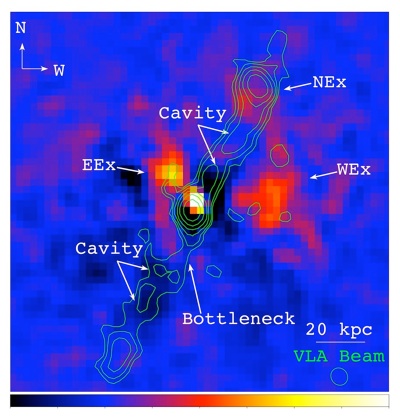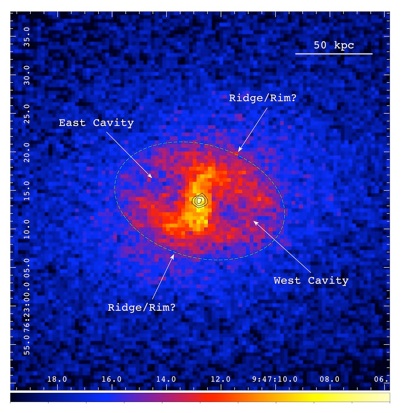Evidence gathered over the last decade suggests that the growth of galaxies and supermassive black holes (SMBHs) are coupled, and that energetic feedback from active galactic nuclei (AGN) strongly
influences galaxy evolution. The discovery of AGN induced cavities in the hot halos surrounding many massive galaxies has strengthened this idea by revealing that AGN mechanical heating is capable of regulating halo radiative cooling. Current models of
radio-mode AGN feedback posit that cooling processes in a galaxy's hot halo drives mass accretion onto a central SMBH, promoting AGN activity that eventually offsets halo cooling via a thermally regulated feedback loop. While there is direct evidence that halo cooling and feedback are linked, the observational constraints on how AGN are fueled and powered are more difficult to establish. Gas accretion alone can, in principle, fuel most AGN. However, for some relatively gas-poor systems hosting energetic AGN

